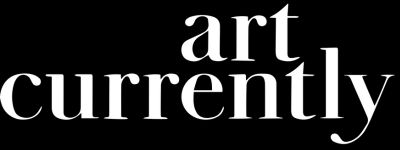Decoding Threads with Akea Brionne Seen in her New York Debut “Roses in Southern Soil” at Lyles & King Gallery
.webp)
Akea Brionne’s Roses in Southern Soil opened on January 12, 2024, at Lyles & King Gallery in New York. Brionne’s rich tapestries are a result of a unique process in which the artist feeds transcripts of her dreams, descriptions of family pictures, and imagined spaces, to AI software.
The exhibition was inspired by Brionne’s grandfather’s journey between Mississippi and New Mexico in the 1970s. Roses in Southern Soil will be on view through February 10, 2024.
In light of Brionne’s first solo exhibition with the gallery and in New York, art currently got the download on her processes.
When did you decide to experiment with AI despite your skepticism of the digital?
“I actually fell into AI through a friend who recommended it as a tool for idea mapping. I began using it as a way to explore mapping out my thoughts and then did a deep dive into researching AI and its role, more deeply. Though I'd loosely heard about the fears of AI, I hadn't done enough research to have a real opinion on the topic. I was also heavily researching Cyberfeminism at the time and thought it would be interesting to embrace an aspect of technology for once, instead of immediately rejecting it due to fear, as I'd always done. I decided to act on curiosity and a desire to educate myself and let my fear guide how that curiosity and self-education would be explored. Through diving into the dangers of AI, especially within the film industry; I decided that I needed to use it more to begin to understand how it worked. I don't like speaking for or against something if I haven't actually done the work to objectively understand the pros and the cons. Will I always be open to using it? Perhaps not. But as of now, I see my work as research. Other people write papers, I make tapestries.
I can say that when I started using it, the imagery I was trying to generate as a woman of color was depressingly rooted in societal stereotypes and racist archetypes. I started to understand more deeply that even though people might not agree with AI, it isn't going anywhere, and the other side of the danger isn't solely in the potential autonomy of AI, but also how it is misunderstanding groups of people, based on our own misunderstandings of each other. It can only build from what it's fed, and there is not enough diversity (in my opinion) of what it pulls from to gain an understanding or concept of humanity and its multiplicities. Part of my usage of it is admittedly selfish, I'm trying to provide more of a repository for it to pull from when referencing black and multi-racial women of color.”
What does your process feel like as you merge one ancient practice (tapestry making) with a futuristic one (AI software)? Has it taught you anything about how artists can move forward?
“I think many people misunderstand tapestries as an archaic practice. The jacquard loom was patented in 1804 by Joseph-Marie Jacquard (hence the name) but it was based on earlier designs from the 1700s and in many ways it truly is the first computer. When you put that into perspective, how "ancient" is it really?
A lot of my work, both the visual work and the research, is rooted in breaking down the concept of time as something that is linear. When you think about time as something that is concurrently unfolding; both past, present and future occurring simultaneously, it's easy to have less fear about technology, because it's always been here; it just looked different. There are massive structures on this earth from civilizations less "advanced" than us, but we still have no idea how they created them? That begs the question of what's ancient and what's futuristic, and why are we so focused on there being a difference between the two? They are both mapped by time and resources.
That's how I've begun to think about my usage of tapestries and my digital tools. And at the end of it all, no matter what tools I'm using, my mind is still the link between conception and materialization. Without me, my work wouldn't exist. I think artists should remind themselves of that, and stop allowing others to remove their autonomy and value. I'm not afraid of technology pushing me out of the way. And if technology advances to a point where it can create the physical work that I create, I will be the blueprint. I feel confident enough in that reality, to keep going. To put it simply, I think artists move forward by making the decision to move forward.”
Can the spiritual and the digital really coexist?
“Everything we have comes from this planet, including the digital. It's just as natural as water in my opinion, and both have the power to create immense destruction, while simultaneously creating life. So aren't they already coexisting?
I don't really believe there's a difference between the spiritual and the digital. If we're being frank, we can't technically interact with either of them. There's no real "proof" that what people refer to as spirituality is anything other than an experience rooted in the mind and body. I think it's why I'm so rarely interested in talking about my spirituality. I don't hide it, but I don't believe there's a point in pretending it's an experience that is tangibly understood outside of my own body. I believe the same of the "digital".
We're beginning to see more of an intersection with microchips embedded in the body, but that is still dependent on frequencies being read from a chip. We're still not able to interact dependently from a source of technology. Or can we? Some would argue otherwise. But I personally believe that if it's still up for debate and interpretation, we haven't truly realized either the spiritual or digital into physical matter to a capacity that it can't be contested. So I find distinguishing them to be odd because what we're really talking about at this point in time is distinguishing belief systems.
As someone who considers herself spiritual, I believe in the power of my body and mind to heal me. I believe this has been documented throughout history, but still, there's nothing tangible that I can show to those who believe that's nonsense. How does that differ from those who argue that digital landscapes are made up worlds and aren't real? A "dream" technically isn't real, but we know that our minds can't construct faces from nothing. We can only construct faces in our mind, from faces we've seen. That leads me to believe that dreams and our minds are more real than we validate. I can say that about both the spiritual and digital realms!”

